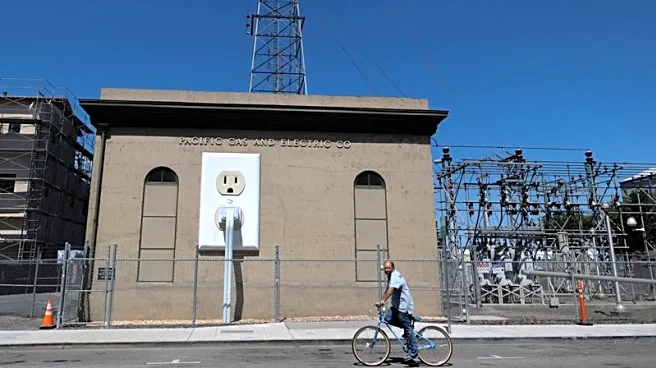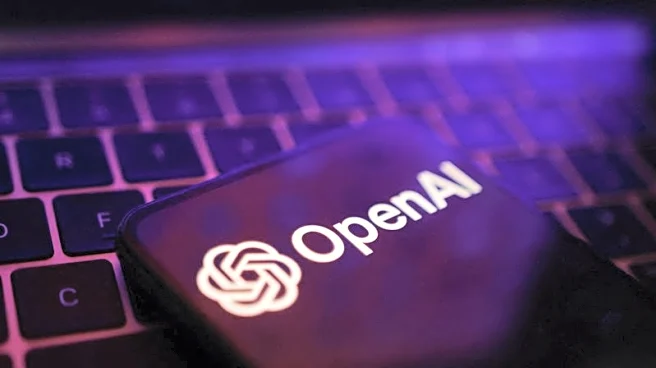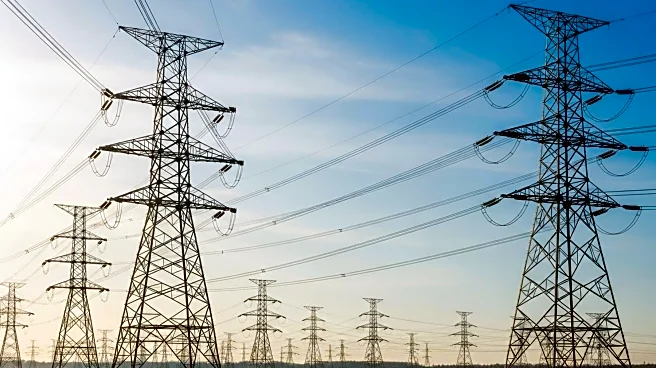What's Happening?
Pacific Gas and Electric (PG&E) has announced a $73 billion investment plan to upgrade California's electrical grid by 2030. This initiative is driven by the increasing electricity demand from artificial intelligence and cloud infrastructure. The plan aims to support up to 10 gigawatts of new load from data centers expected to be developed in PG&E's service area over the next decade. The California Independent System Operator (CAISO) projects a 15% increase in peak demand by 2030, reaching nearly 52,940 megawatts. The current buildout of new capacity, primarily batteries and solar, is insufficient to meet the anticipated demand from AI data centers.
Why It's Important?
The investment by PG&E highlights the growing impact of AI on electricity consumption, transforming it from a niche workload to a major driver of demand. This shift poses challenges for utilities, as AI campuses can consume as much power as small cities, straining systems already dealing with renewable energy intermittency and wildfire risks. The plan is crucial for maintaining grid stability and accommodating future technological advancements. It also underscores the need for significant infrastructure upgrades to support the evolving energy landscape.
What's Next?
PG&E's plan includes wildfire-hardening and undergrounding projects as part of a broader grid expansion strategy. Utilities across the U.S. are experiencing similar strains, and California's tight reserve margins offer limited flexibility. The state estimates over $30 billion in transmission and distribution upgrades will be needed in the next two decades. The success of PG&E's initiative will depend on effective implementation and coordination with regulatory bodies to ensure the grid can handle the increasing demand.












